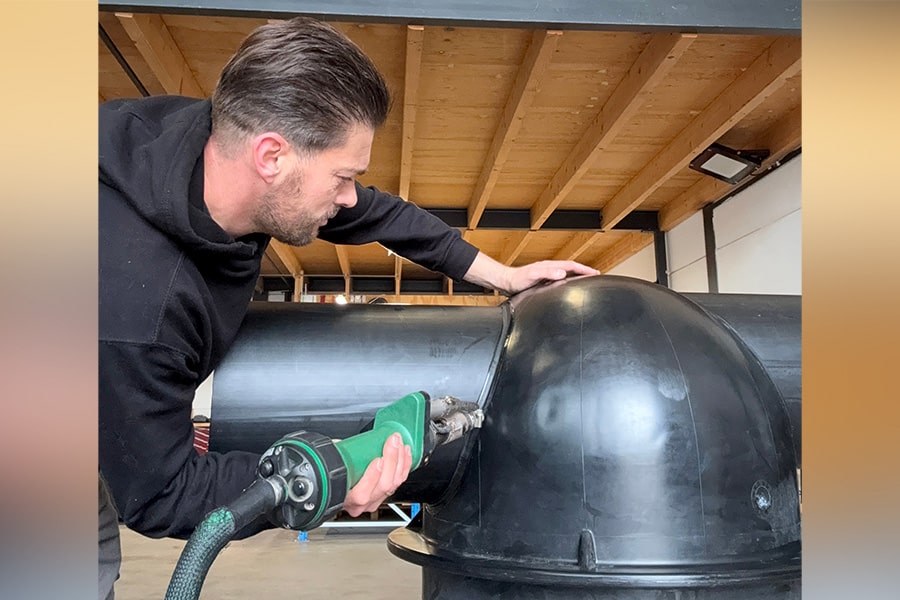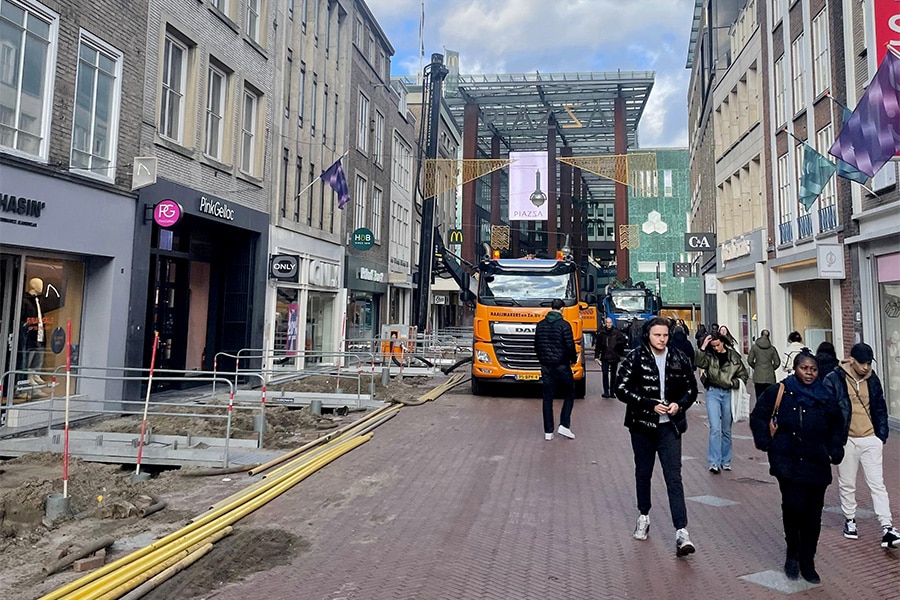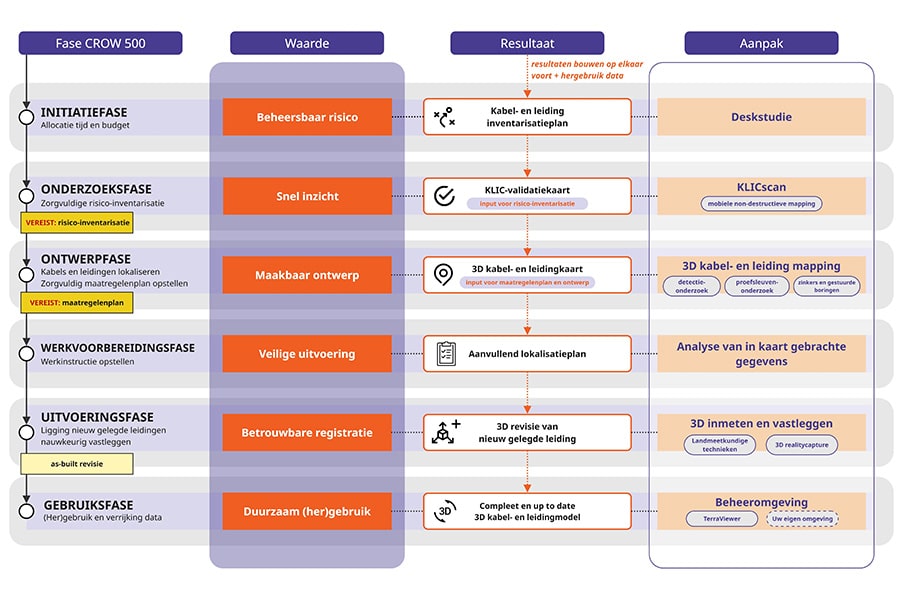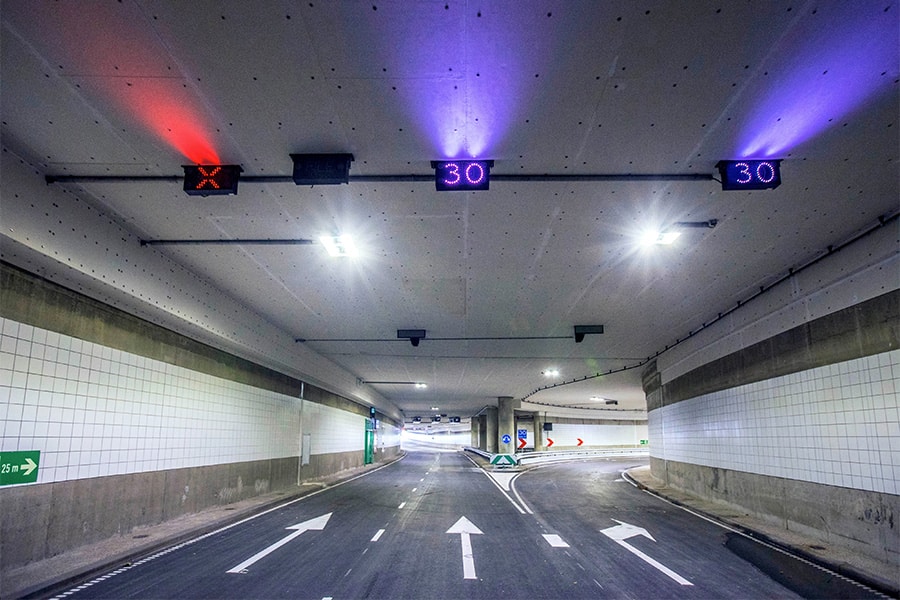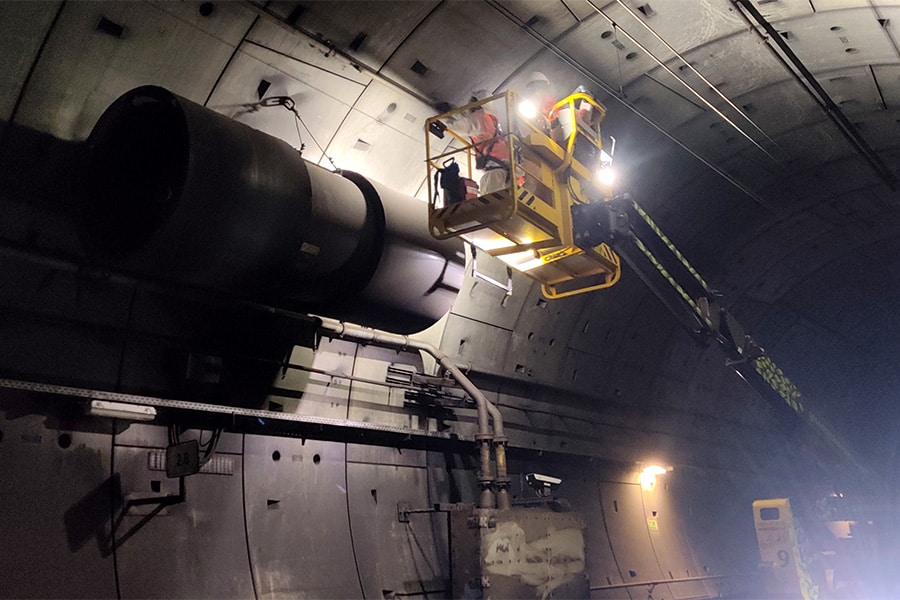
Urgent approach to tunnel technical installations rail tunnels Betuweroute
The tunnel technical installations of the five rail tunnels between Zee and Zevenaar of the Betuweroute have reached their technical lifespan. In the first phase, the emergency approach, a number of critical components will be replaced. ICT Group is taking care of the adjustments to the operation and control systems. And main contractor Strukton Infra Specials has good reason to do so....
"For these types of projects, we take a partner approach," says Ron Pieterse, Project Manager at Strukton Infra Specials. "So we have surrounded ourselves with partners with whom we have worked successfully for many years, including ICT Group, Krenvoord and Siemens. We nurture a close relationship and complement each other very nicely. Moreover, Marco Plug, Business Consultant at ICT Group is no stranger to these tunnels, having been involved in their construction back in 2006 to set up operation and control. He has so much knowledge on hand. It is wonderful to have him on board. Incidentally, ICT Group also excels technically on this project."
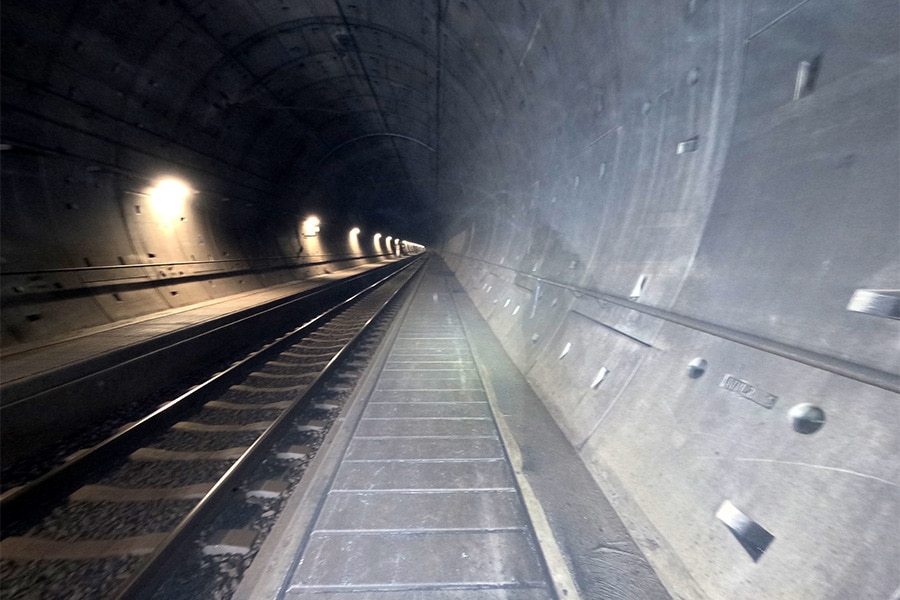
Thermal ribbon
The five tunnels covered by the Phase 1 emergency approach are the Botlek Tunnel, Sophia Tunnel, Giessen Tunnel, PanKant Tunnel and the Zevenaart Tunnel. The installations were commissioned around 2006 and the most critical components are now being replaced first because no other control measures could be taken for them. "This is a freight railroad line and that makes the handling of disaster scenarios just a little different from passenger transport. There is a sprinkler system in the tunnels to extinguish burning trains and protect the tunnel," Plug explained. "Detecting any temperature increase is done via thermal ribbons, glass fibers with multiple detection units per tunnel, which determine the temperature every 15 meters. The detection units are almost 20 years old and therefore at the end of their technical lifespan. In addition, ProRail has modified the Basic Fire Protection Document (UPD), or the way in which systems must function. That requires a change in the software."
Even more uniformity
During the tender and detailed design phase, ICT Group determined the impact of the new components on the controls and prepared the implementation designs of the necessary software modifications. "For Siemens' scope, a functional change was also requested," says Plug. "In addition, a series of analog sensors for pressure measurement and level determination, among other things, had to be replaced, which also affects the control system." Pieterse adds: "Even during the construction of the five tunnels, ProRail was striving for as much uniformity as possible at the component level in operation and control. With this emergency approach from Phase 1, we are taking it one step further. After all, technology has also greatly improved over the years. For example, we now use sensors from the same range, so that in the event of a failure a new sensor can be picked up off the shelf as standard. That again makes management and maintenance easier."
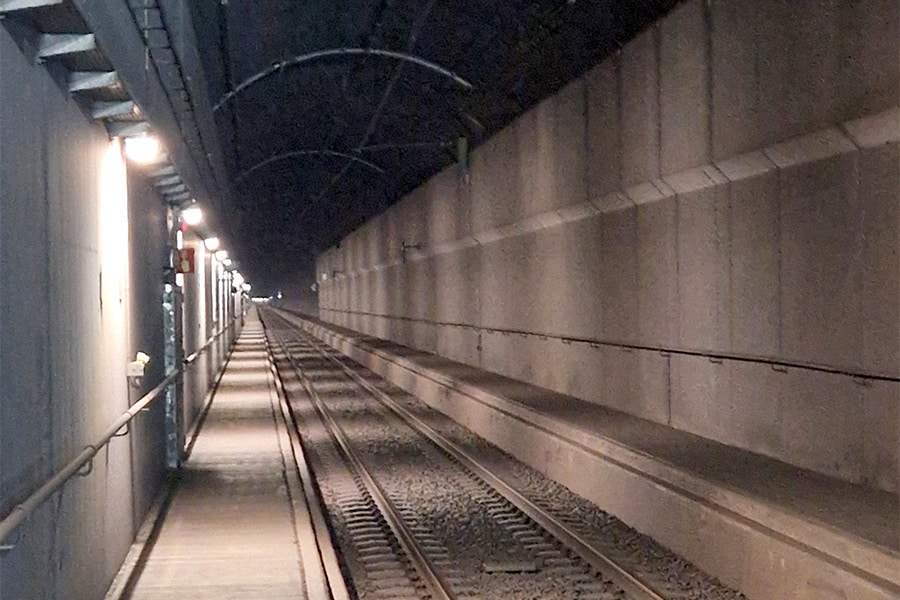
FAT and SIT
The beauty of this project, according to Pieterse, is the optimal cooperation between all parties from the design phase through testing and commissioning. An integral test protocol precedes it, from the Factory Acceptance Test (FAT) to the final SIT system integration test on site, which is carried out under the supervision of a certifying body. After the acceptance tests, ICT Group worked with Strukton and Rockwell Automation to implement the changes on the tunnels during a number of train-free periods. "The planning of this requires a lot of coordination, cooperation and coordination," Plug says. "During the system integration test, we also have to demonstrate to the certifying authority that the whole principle of fire detection and extinguishing works properly. This involves actually heating the thermal ribbon on site to assess whether the correct dampers are controlled."
Phase 1, the emergency approach, has now been largely implemented, except for a few software components that still need to be exchanged. Once that's done, ICT Group's Managed Services division will take over. They will handle the management and maintenance of these five tunnels in the Betuweroute, along with 10 more rail tunnels. "The tender for phase 2 has now also been put on the market and involves replacing the lighting and gas detection. Here too we are pulling together with all the parties from phase 1," Pieterse said in conclusion.
